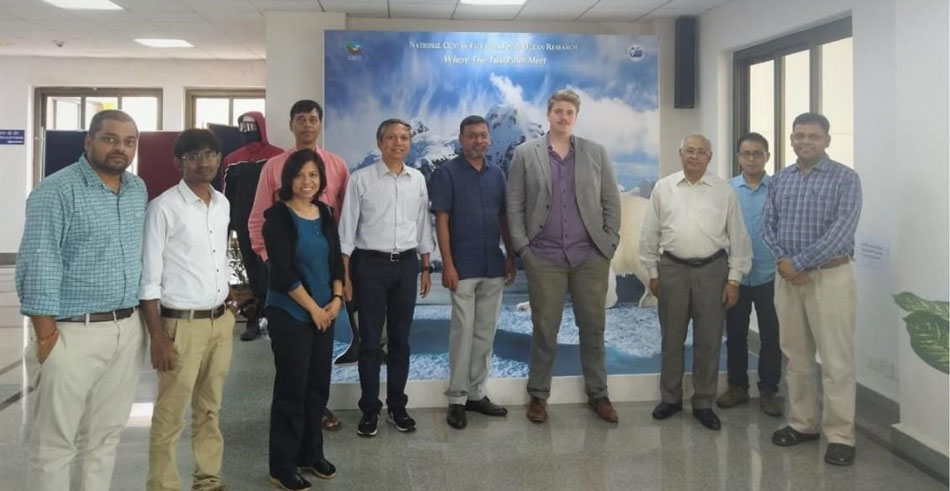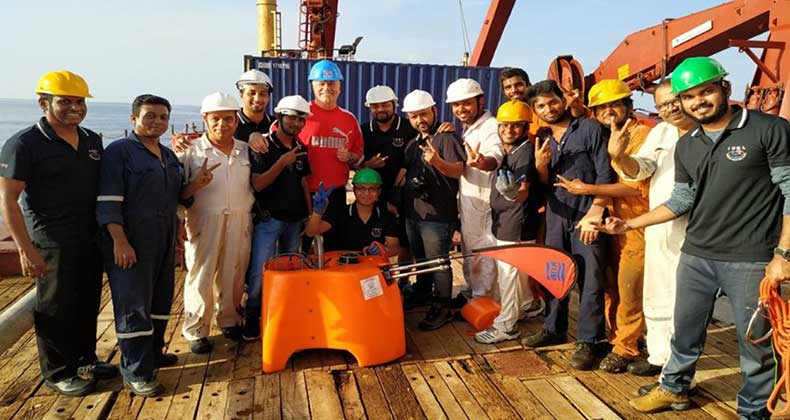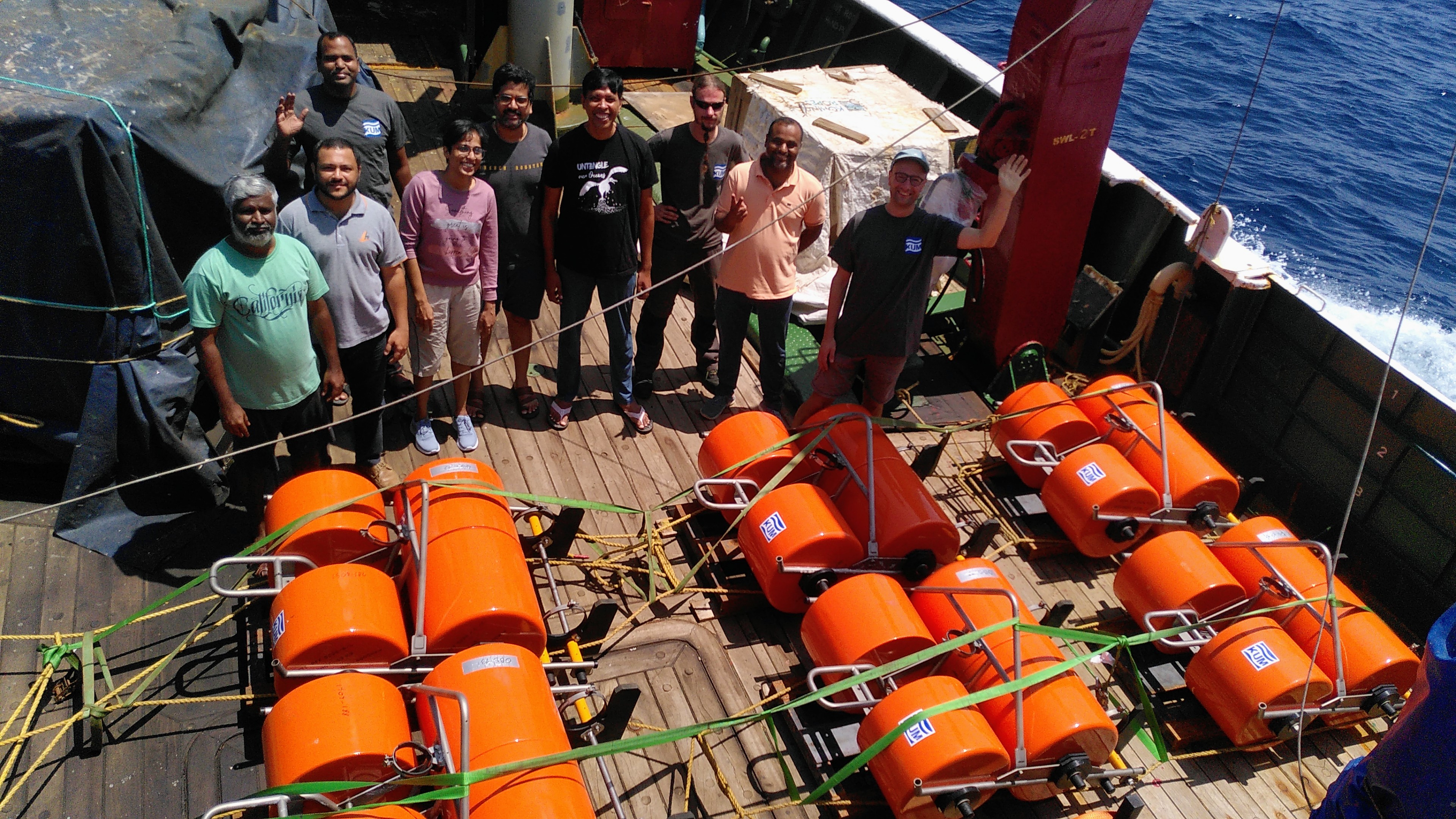“Exploring the Origin of Indian Ocean Geoid Low” is of significant interest to the scientific community due to its intriguing characteristics, and National Centre for Polar and Ocean Research (erstwhile National Centre for Antarctic and Ocean Research), Goa under Ministry of Earth Sciences, Government of India is studying the largest geoid low anomaly on Earth and various possible causative mechanisms.
The Indian Ocean Geoid Low (IOGL) centred near to south of Sri-Lanka is the most fascinating and largest geoid low that spans a vast areal extent south of the Indian subcontinent. A number of causal mechanisms have been proposed for the global geoid highs and lows. Positive long wavelength geoid anomalies are generally concentrated over subduction zones and hotspots. In contrast, the geoid lows have been linked to various mechanisms like undulations in Core-Mantle boundary & its interaction with mantle dynamics, Moho depth variation, mass deficit and heterogeneity in lower mantle, etc. Temporal variation of geoid may also be related to variation of water volume due to melting of solid water bodies across the globe. Geoid lows have also been shown to be underlain by anomalously fast seismic velocities near the base of the mantle. However, in the same region, the upper part of the mantle is marked by anomalously slower seismic velocities. Courtesy: http://www.ncaor.gov.in/pages/researchview/11
NCPOR, as the first step, took up a detailed marine geophysical study of the area couple of years ago; concurrently, it also deployed passive ocean bottom seismometers between May 2018 and July 2019 - for continuous measurement of seismological data across the IOGL region.
K.U.M. Umwelt- und Meerestechnik Kiel GmbH., based in Kiel, Germany stands for innovative quality products, professional services and custom-built solutions in marine research. As competent partner in maritime science and economy for more than two decades; is internationally acclaimed and their products are in great demand in both scientific and commercial markets now.
Through the unique contract signed in May 2017; for delivery and deployment of 17x NAMMU’s passive Ocean Bottom Seismometers for NCPOR, Goa, India in the Indian Ocean for 12 months +/- 2 months; from May 2018 through July 2019 – this is one of kind and a defining contract for KUM:
- - Delivering 17x OBS on lease mode to NCPOR
- - Mob/de-mob of all required systems
- - Deployment / retrieval thru KUM expert on-board NCPOR’s research vessel ORV Sagar Kanya
- - Delivering data to NCPOR upon retrieval of OBS
as all-bundled services.
NCPOR and KUM had a great deployment cruise in May 2017; and equally commendable cruise in July / August 2019 on-board ORV Sagar Kanya. The team spirit and camaraderie exhibited on both sides was overwhelming. Per the provisions of the initial contract, KUM also signed extension of the contract for re-deployment of these 17x OBS should the data / QC meet the contractual requirement. NCPOR and KUM are honoured to report 100 percent recovery of OBS, and more than 14x OBS recorded data beyond contractual requirement. Though 2x OBS reported no record of hydrophone data but good data on vertical and horizontal components; KUM agreed to provide data to NCPOR keeping the scientific need of the data over the contractual limitations.

Debriefing meeting at NCPOR, Goa; 03-04 Sep 2019
KUM and NCPOR look forward to next retrieval cruise post August 2020; and charting the unknown.


